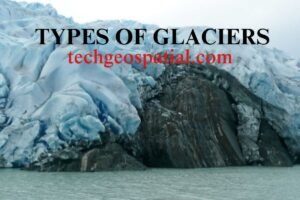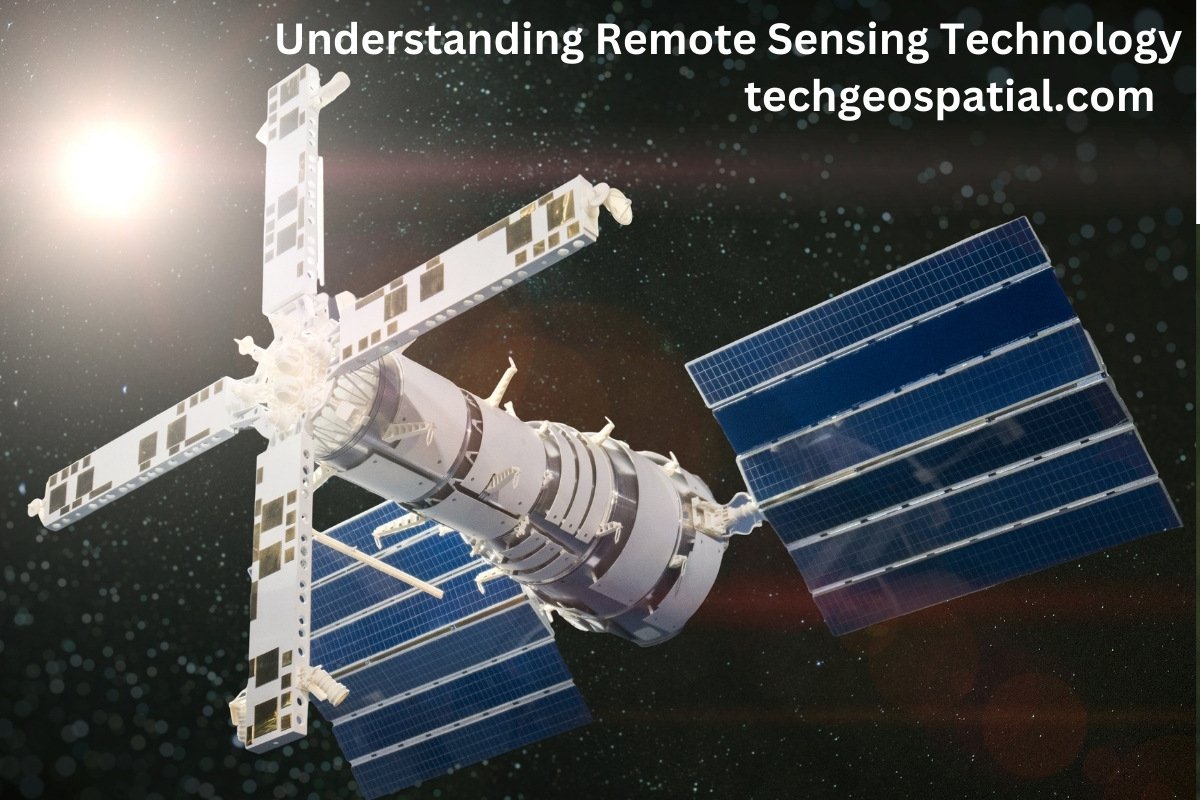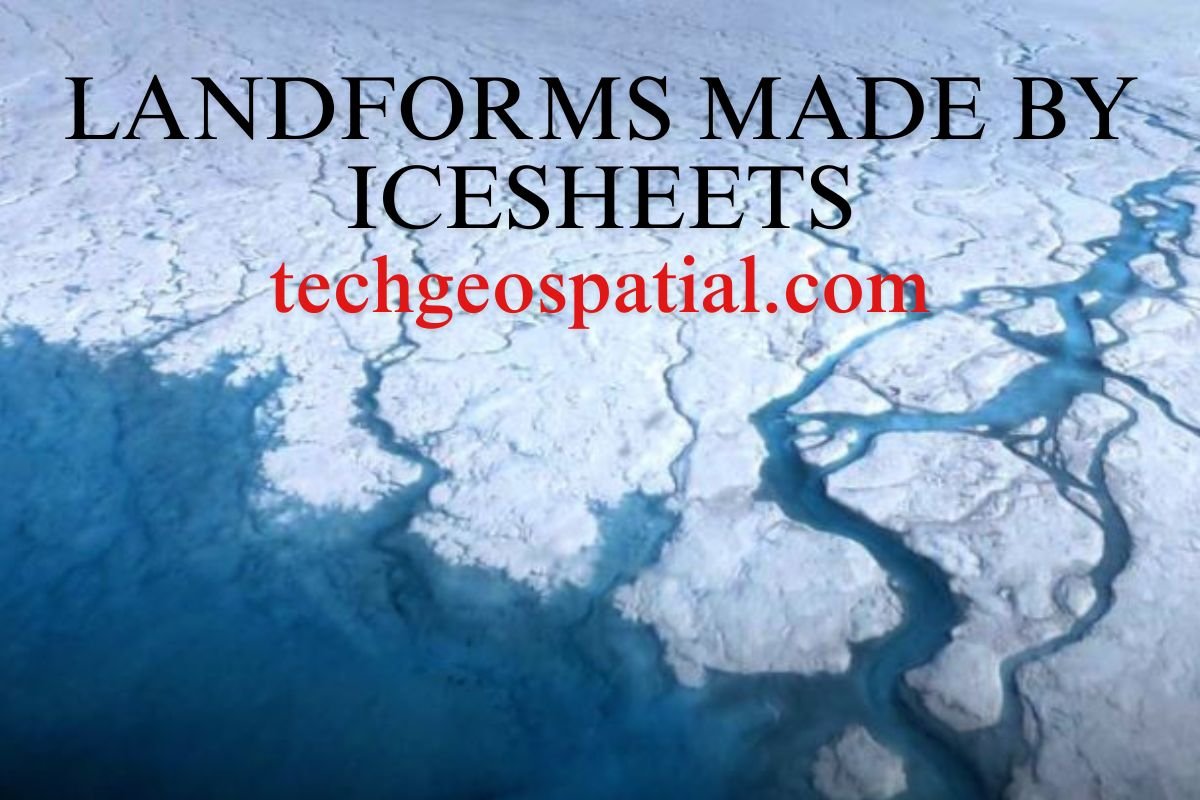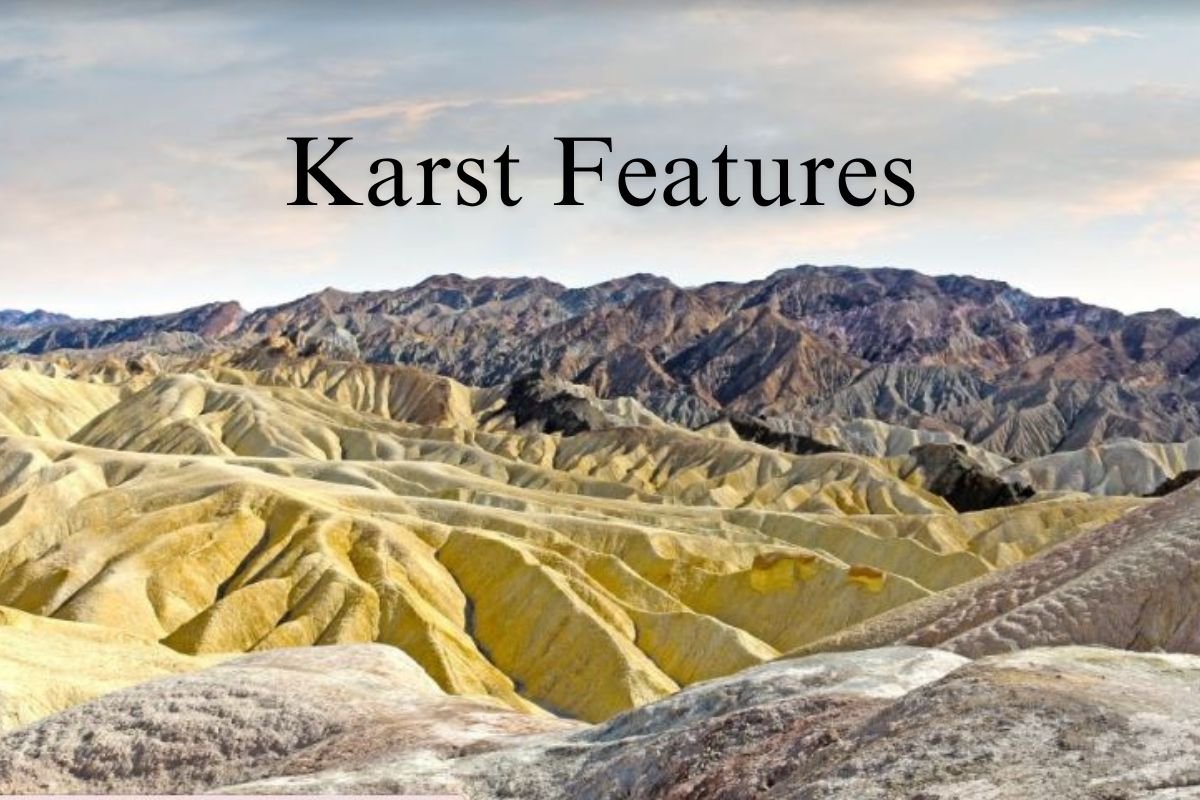Introduction to Glaciers
Glaciers are majestic natural formations that play a crucial role in shaping the Earth’s landscape. These massive bodies of ice are found in various parts of the world, from polar regions to high mountain ranges.
Formation of Glaciers
Glaciers form over long periods as snow accumulates, compresses, and turns into ice under the weight of successive layers. The process is aided by factors like temperature, precipitation, and topography.
Classification Based on Location

Mountain Glaciers
Nestled among the craggy peaks of high-altitude mountain ranges, mountain glaciers are iconic symbols of alpine beauty and resilience. These glaciers form in regions where temperatures remain consistently cold, allowing snow to accumulate and compact into ice over time. Mountain glaciers play vital roles in supplying freshwater to downstream ecosystems and shaping the rugged terrain through erosion and deposition.
Ice Caps
In polar regions, vast expanses of ice known as ice caps dominate the landscape, covering large areas with their icy embrace. Ice caps form over centuries as snow accumulates and compacts into thick layers of ice. Despite their seemingly static appearance, ice caps are dynamic systems, constantly flowing and shaping the polar environment while serving as repositories of valuable climate data trapped within their layers.
Ice Sheets
The largest and most expansive glaciers on Earth, ice sheets sprawl across entire continents, exerting a profound influence on global climate patterns and sea levels. Found primarily in Greenland and Antarctica, ice sheets contain colossal volumes of ice, capable of dramatically altering coastlines and ocean currents as they melt and retreat. Understanding the dynamics of ice sheets is essential for predicting future sea level rise and mitigating its impacts on coastal communities.
Classification Based on Shape
Tidewater Glaciers
Carving majestic fjords and sculpting rugged coastlines, tidewater glaciers flow directly into the ocean, creating breathtaking vistas of ice meeting water. These glaciers are often characterized by their dynamic calving events, where towering ice cliffs collapse into the sea, sending waves and icebergs cascading into the water. Tidewater glaciers are vital sources of freshwater and habitats for marine life, making them essential components of coastal ecosystems.
Piedmont Glaciers
When valley glaciers spill out onto flat plains, they form expansive piedmont glaciers, spreading like frozen rivers across the landscape. Piedmont glaciers showcase the transition from steep mountain terrain to gentler slopes, shaping the land with their slow but relentless movement. These glaciers play significant roles in regulating water flow and sediment transport, influencing the morphology of the surrounding landscape.
Valley Glaciers
Carving deep U-shaped valleys and leaving behind moraines and glacial lakes, valley glaciers are the quintessential symbols of glaciated landscapes. These glaciers flow within the confines of mountain valleys, eroding the bedrock and sculpting distinctive landforms along their path. Valley glaciers are often accessible to visitors seeking to witness the awe-inspiring beauty of glacial landscapes up close, making them popular destinations for adventure and exploration.
Classification Based on Movement
Fast-Flowing Glaciers
Some glaciers flow with remarkable speed, driven by steep gradients and high accumulation rates of snow and ice. These fast-flowing glaciers carve deep crevasses and seracs as they surge downhill, shaping the landscape with their powerful erosive forces. Fast-flowing glaciers are dynamic environments, constantly changing and evolving in response to fluctuations in temperature and precipitation.
Slow-Moving Glaciers
In contrast, slow-moving glaciers exhibit a more leisurely pace, advancing and retreating at a gradual rate over time. These glaciers are often found in regions with gentle slopes and low accumulation rates, where the weight of the ice is balanced by the resistance of the underlying terrain. Despite their sluggish movement, slow-moving glaciers still play essential roles in shaping the landscape and contributing to global freshwater resources.
Exploring Unique Glaciers
Hanging Glaciers
Perched precariously on steep mountain slopes, hanging glaciers defy gravity as they cling to the rocky terrain above. These unique formations showcase the delicate balance between ice dynamics and gravitational forces, creating breathtaking vistas of ice suspended in mid-air. Hanging glaciers are often inaccessible to all but the most intrepid adventurers, making them elusive treasures of the alpine world.
Cirque Glaciers
Nestled within amphitheater-like depressions in mountain valleys, cirque glaciers are picturesque symbols of glacial erosion and sculpting. These glaciers form in bowl-shaped basins carved by past glacial activity, creating tranquil landscapes of ice and rock. Cirque glaciers are often surrounded by rugged cliffs and peaks, offering stunning panoramas of the surrounding alpine scenery.
Fjord Glaciers
Flowing into narrow coastal inlets, fjord glaciers shape the dramatic landscapes of polar regions with their immense pressure and erosive power. These glaciers sculpt deep channels and fjords as they advance, creating habitats for marine life and breathtaking scenery for visitors. Fjord glaciers are essential components of polar ecosystems, supporting unique species adapted to life in icy waters and rugged coastlines.
Impact of Climate Change on Glaciers
Climate change poses a significant threat to glaciers worldwide, leading to accelerated melting, retreat, and loss of ice mass. This phenomenon has far-reaching consequences for global sea levels, freshwater availability, and ecosystem dynamics.
Significance of Glaciers
Glaciers are not only awe-inspiring natural wonders but also vital components of Earth’s hydrological cycle. They serve as freshwater reservoirs, influence weather patterns, and support diverse ecosystems, making them indispensable for human survival and environmental sustainability.
Conclusion
In conclusion, exploring the different types of glaciers unveils the remarkable diversity and significance of these icy behemoths. From towering ice sheets to delicate hanging glaciers, each type has its own unique characteristics and ecological importance. However, the looming threat of climate change underscores the urgent need for conservation efforts to preserve these invaluable natural treasures for future generations.
FAQs
1. Are all glaciers retreating due to climate change?
-
- While many glaciers are indeed experiencing retreat, some may exhibit temporary advances or remain relatively stable due to localized climate variations.
2. How do glaciers impact local ecosystems?
-
- Glaciers influence ecosystems by providing freshwater sources, shaping landscapes, and creating unique habitats for specialized flora and fauna.
3. Can glaciers form in non-polar regions?
-
- Yes, glaciers can form in high-altitude mountain ranges, even in temperate or tropical climates, where conditions are conducive to ice accumulation and persistence.
4. What are the main contributors to glacier melting?
-
- Factors such as rising temperatures, reduced snowfall, and increased meltwater runoff contribute to glacier melting, exacerbated by human-induced climate change.
5. What measures can be taken to mitigate glacier loss?
-
- Mitigation efforts include reducing greenhouse gas emissions, promoting sustainable land use practices, and implementing strategies for glacier conservation and monitoring.






One thought on “Types of Glaciers”